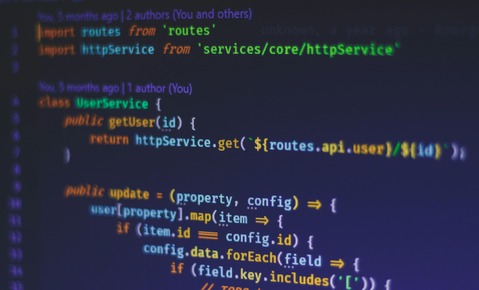Introduction
JavaScript never stops evolving, and 2025 is shaping up to bring some of the most exciting improvements in years. With a focus on performance, clarity, and maintainability, these upcoming features aim to solve long-standing issues while pushing the language forward. Let’s dive into four key innovations that could change the way we write JavaScript.
🌟 Temporal API: No More Messy Date Handling
The Problem:
Working with JavaScript’s Date object has always been a nightmare—timezone headaches, inconsistencies, and a lack of built-in utilities make it frustrating.
The Fix:
The new Temporal API introduces a much-needed, reliable and intuitive way to handle dates and time. It removes quirks from the legacy Date object and provides clear, predictable behavior.
Example:
const now = Temporal.Now.plainDateTimeISO();
console.log(now.toString()); // Displays a standardized, readable date🔄 Records & Tuples: Bringing Immutability to JavaScript
The Problem:
Mutable objects can be unpredictable, especially when passed around in large applications.
The Fix:
Records and Tuples bring immutable data structures to JavaScript, making it easier to ensure data consistency and avoid unintended side effects. They work similarly to plain objects and arrays but are frozen by default.
Example:
const product = #{ name: "Laptop", price: 999 };
const stock = #[100, 200, 50];Unlike regular objects, these are compared by value, making them a game-changer for caching and state management.
⚗️ Pipeline Operator (|>): A Cleaner Way to Chain Functions
The Problem:
Deeply nested function calls often become unreadable, especially in data transformations.
The Fix:
The Pipeline Operator simplifies function chaining, making code much easier to follow by keeping it linear and logical.
Example:
const finalPrice = basePrice
|> applyDiscount
|> applyTax
|> roundToTwoDecimals;This makes data pipelines more intuitive and helps avoid deeply nested function calls.
✨ Decorators: Smarter, Cleaner Class Enhancements
The Problem:
Adding reusable behaviors to JavaScript classes often leads to repetitive, cluttered code.
The Fix:
Decorators provide a declarative way to enhance classes without modifying their core logic, making features like logging, caching, and access control much cleaner.
Example:
function logUsage(target) {
console.log(`Instantiating: ${target.name}`);
}
@logUsage
class OrderManager {}This reduces boilerplate code and keeps classes focused on their primary responsibility.
💡 Wrapping Up
2025 is set to make JavaScript more predictable, powerful, and developer-friendly. These new features focus on making code more readable, maintainable, and robust—whether you’re building a small project or scaling a large application.
🔗 Further Reading
- The Future of JavaScript: 4 Features You Need to Know in 2025 - Digital Minds
- MDN Web Docs - Temporal API
- Thomas Dupont - JavaScript: Nouvelles fonctionnalités pour 2025
🚀 Which of these features are you most excited to start using?
JavaScript continues to evolve with features that make it more expressive and robust. These innovations enhance readability, maintainability, and security without relying on external frameworks.
Explore More
